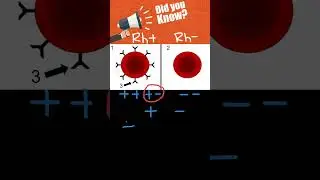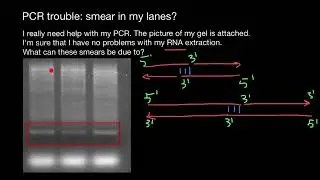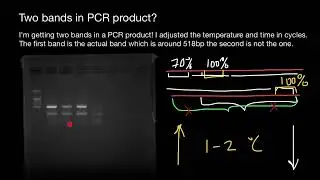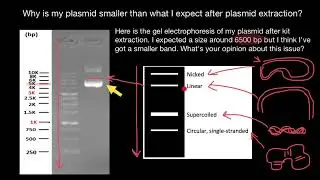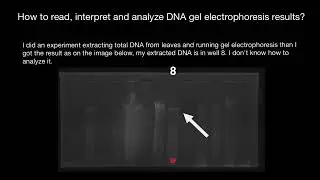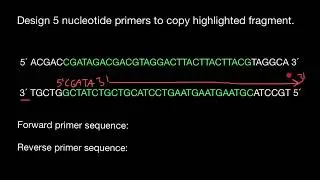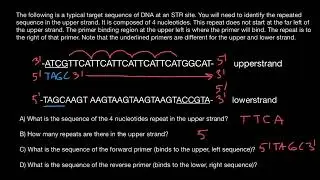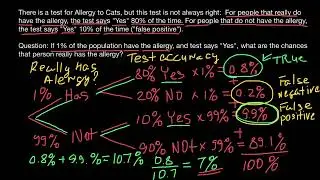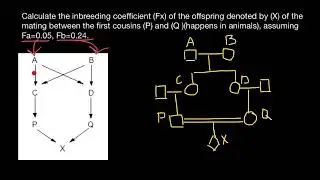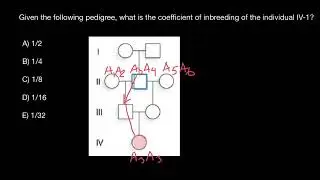CODIS fingerprinting principles explained
The FBI's Combined DNA Index System, known as CODIS, is a software platform that blends forensic science and computer technology.
CODIS has multiple levels where DNA profiles can be stored and searched: the local level (for city and county DNA laboratories), state level and national level.
Data stored at the national level is kept in the National DNA Index System, or NDIS. At this level, an analyst can try to match a DNA profile from a local crime scene sample (also known as a forensic unknown) with an offender's profile from across the nation to solve cases that span states.
Analysts use CODIS to search DNA profiles obtained from crime scene evidence against DNA profiles from other crime scenes and from convicted offenders and arrestees. CODIS can generate investigative leads in cases when a match is obtained. For example, if the DNA profile from a crime scene matches a sample taken from another crime scene, the cases may be linked in what is called a forensic hit. If the crime scene sample matches a convicted offender or arrestee sample, the result is called an offender hit. Hits give investigating officers valuable information that helps them focus their investigation.
At the end of 2004, CODIS contained just over 2 million offender profiles. As of June 30, 2009, according to FBI reports, more than 7 million offender profiles and 272,000 forensic profiles from crime scene samples had been uploaded to CODIS. The result has been more than 93,000 hits and more than 91,000 investigations aided nationwide.










